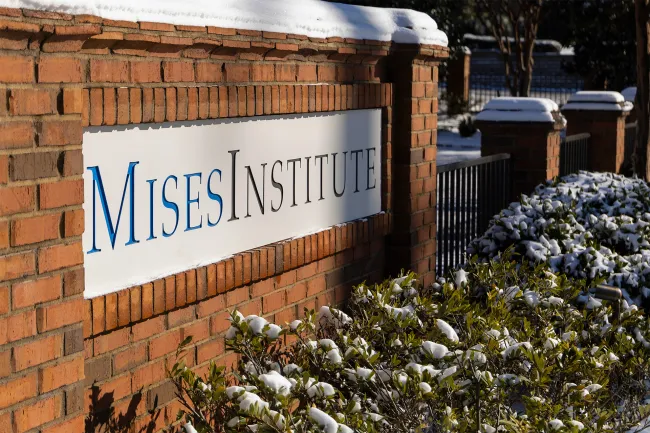The Federal Reserve System released its May 2025 Beige Book yesterday, and the Fed has stopped painting a cheerful picture of the US economy. The Fed reported a worsening economy in six of its twelve districts, specifically Boston, New York, Philadelphia, Minneapolis, Kansas City, and San Francisco. Only the Richmond, Atlanta, and Chicago districts showed improvements in economic conditions.
According to the report summary:
Reports across the twelve Federal Reserve Districts indicate that economic activity has declined slightly since the previous report. … All Districts reported elevated levels of economic and policy uncertainty, which have led to hesitancy and a cautious approach to business and household decisions. Manufacturing activity declined slightly. Consumer spending reports were mixed, with most Districts reporting slight declines or no change; however, some Districts reported increases in spending on items expected to be affected by tariffs. Residential real estate sales were little changed, and most District reports on new home construction indicate flat or slowing construction activity. Reports on bank loan demand and capital spending plans were mixed. Activity at ports was robust, while reports on transportation and warehouse activity in other areas were mixed. On balance, the outlook remains slightly pessimistic and uncertain, unchanged relative to the previous report. However, a few District reports indicate the outlook has deteriorated while a few others indicate the outlook has improved.
Since prices continue to increase “at a moderate pace since the previous report” this means “higher costs of living continued to put upward pressure on wages.” Translation, wage growth is not exactly outpacing rising prices.
The Fed based much of this lackluster economic performance on tariffs and the resulting uncertainty. “Uncertainty” was mentioned 89 times versus 45 in March and 13 in January. That’s big growth. “Tariffs” were cited 107 times compared to 49 in March and 23 in January.
Given that this is coming from the Fed—which generally paints the most optimistic picture of the economy it can get away with—this is bad economic news for ordinary people.
I suspect that to some extent, the Fed is, for political reasons, attempting to really emphasize the role of tariffs in our present economic stagnation. Naturally, the Fed is always looking for a scapegoat (i.e., “Putin’s price hike”) to explain away the negative side effects of Fed policy. After years of massive monetary inflation, the Fed is going to want something to explain why the economy isn’t delivering the “strong” economy that the Fed is forever claiming is on the horizon. They’ve settled on tariffs.
Not that tariffs are a non-factor. The Trump administration has gone about raising its sales taxes on imports (usually labeled with its propaganda term “tariffs”) in an insane way. Tariff rates are constantly changing based on the whims of the president, and business owners never know what the tariffs rates are going to be a week from now, causing extreme uncertainty. This isn’t nothing, but in the longer term, the ongoing price inflation—in both consumer goods and assets—continues to put strains on business owners who face consumers who are increasingly tapped out. That is, merchants and producers continue to face higher prices for key inputs (thanks to both tariffs and price inflation) but it’s not easy for retail sellers to raise retail prices in the way it was back in 2021.
The latest example of how consumers are simply running out of money can be seen in the NY Fed’s most recent credit report. 90+ day delinquencies are rising in every category and are nearly back to Great Recession highs in credit card debt and auto loan debt.

The Fed’s bubble economy has only made all this worse, but the Fed is likely to focus overwhelmingly on tariffs going forward as the economy continued to stagnate and worsen.


